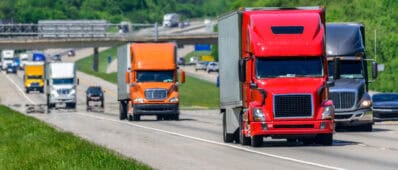The COVID-19 pandemic has had a significant impact on the number of persons working from home in California, which will likely have profound future implications for the environment, travel, public finance (e.g., public transit revenues, local tax base), transit operations, residential and commercial land use in addition to differential impacts based on individual workers by gender, parental status, and much more. Prior to the pandemic, only about five percent of the U.S. labor force worked primarily from home, despite four decades of predictions by transportation analysts that large-scale “telecommuting” was just around the corner. Yet between February and April of 2020, the share of the labor force working from home skyrocketed to well over 50 percent in response to public health orders designed to contain the pandemic. While no one expects the share of those working from home to remain that high as the pandemic recedes, there is considerable debate among experts on just how many workers will return full-time to employment sites, how many will split their working hours between home and a work site, and how many will remain working at home permanently. The answer to this question has enormous consequences for owners and developers of commercial and residential property, and transportation planners of all stripes. This research synthesizes literature on the relationship between working from home and travel. To examine this issue, the project team reviewed nearly 100 research articles, reports, and some popular accounts of telecommuting and travel prior to and during the pandemic. In conducting this review, the project team arrived at five principal findings. First, remote work increased dramatically with the onset of the pandemic and appears likely to remain elevated for many years to come. Second, while not everyone can work remotely, for those who have the option to do so, at least part-time, this hybrid option is extremely popular with most workers. Third, employers tend to be skeptical of the benefits of remote work, but the research does not support fears of declining productivity in the near term, and the tight post-pandemic labor market has given workers leverage to insist on remote work options. Fourth, telecommuting has long been touted as a potential solution to chronic transportation problems like traffic congestion and vehicle emissions, but the research has consistently found that it is more likely to increase, rather than decrease, overall driving among remote workers. This extra driving is due both to hybrid workers living farther from work, on average, than non-remote workers and to all remote workers making more household-serving and personal trips when they work from home. And fifth, public transit systems, in contrast to street and highway systems, have been dramatically affected by the pandemic, likely due substantially to the rise in remote work it has engendered. The future of many public transit systems, which draw an outsized share of their riders from commuters to downtowns and other major job centers, will depend on whether and to what extent those job centers re-densify with workers in the months and years ahead.










